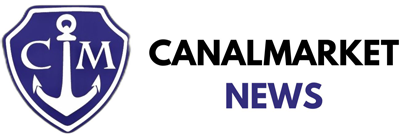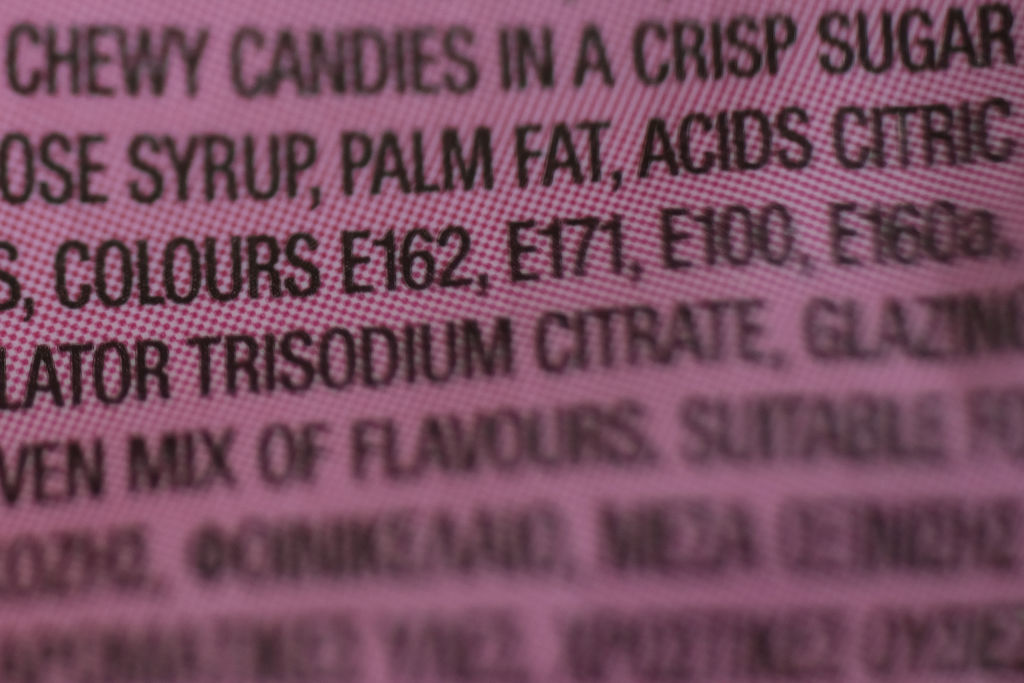
Walk down your grocery aisle, and you’ll spot many foods containing ingredients you won’t find in Europe. The unusual way the U.S. regulates ingredients is in the news and the hot seat right now, thanks to the recent ban of a food additive—red dye 3, an artificial dye linked to cancer in animals—and the rise of Robert F. Kennedy Jr., President Trump’s pick to lead the U.S. Department of Health and Human Services (HHS). During his confirmation hearing on Jan. 30, Kennedy said that compared to Europe, the U.S. “looks at any new chemical as innocent until proven guilty.”
[time-brightcove not-tgx=”true”]
“It needs to end,” he said.
Here’s what to know about some of the most controversial food additives under the microscope and why additives are regulated differently in the U.S.
Key ingredients banned in Europe but allowed in the U.S.
Titanium dioxide is used to make foods and beverages whiter and brighter. The U.S. Food and Drug Administration (FDA) considers it safe for human consumption, but it isn’t found in foods in Europe. In 2022, the European Food Safety Authority banned titanium dioxide, saying that after reviewing thousands of studies, it could no longer consider the additive safe because it has the potential to damage DNA or cause chromosomal damage.
“A chemical that builds up in the body and could harm the immune and nervous systems should not be in candies and treats marketed to children,” says Melanie Benesh, vice president of governmental affairs at Environmental Working Group (EWG), which filed a petition to the FDA in 2023 asking it to ban titanium dioxide.
In the U.S., it’s still found in many confections, including Sour Patch Kids watermelon candies, Hostess chocolate cupcakes and Hostess powdered Donettes, Friendly’s cake singles birthday cake ice cream, Zweet sour belts, and Skittles.
Read More: Should You Eat More Protein?
Potassium bromate is another ingredient banned in the U.K. and many other countries around the world—including Canada, Brazil, and Argentina—but allowed in the U.S. in certain quantities. It has been linked to cancer in humans as well as gut problems, and was listed to be “potentially carcinogenic to humans” in 1999 by the International Agency for Research on Cancer. It is used to improve the texture of dough and bread, and in the U.S., it’s still found in some breads (such as soft heroes from A&M Bronx Baking), frozen pizzas (like Imo’s Pepperoni), and baked goods.
Added to products to extend their shelf life, propylparaben is linked in animals to hormone disruption. Since 2006, it’s been illegal to use it as a food additive in Europe. But in the U.S., it’s a listed ingredient in bread and bakery products , including Chi-Chi’s white corn tortillas and red decorating icing from Great Value, Walmart’s generic brand.
How the U.S. uniquely regulates additives
The U.S. has a very different approach to regulating additives than many other countries, says Thomas Galligan, principal scientist for food additives at the Center for Science in the Public Interest, a consumer advocacy group.
“The E.U. says that if they can’t dismiss the possibility of harm, they can’t find an additive safe,” Galligan says. In the U.S., the bar is much lower; companies can add new ingredients to their foods without even informing the FDA. “In the U.S., it feels like the FDA is waiting to act until harm is definitely proven,” says Galligan.
Read More: Is Intermittent Fasting Good or Bad for You?
Companies that include these additives in their products defend their safety. Mars Wrigley, which manufactures Skittles, said in a statement to TIME that all of its ingredients are safe and manufactured in strict compliance with safety requirements established by regulators including the FDA. J.M. Smucker, which owns Hostess, said that titanium dioxide is a common ingredient approved by the FDA and that its products follow the FDA regulations that the quantity of titanium not exceed 1% of the weight of the food. And Walmart, which produces Great Value products like the red icing containing propylparaben, said that food and safety is always its top priority. Several companies did not return requests for comment, including Mondelez, which owns the company that makes Sour Patch Kids; Brix Holdings, which owns Friendly’s; Zweet Shop, which makes Zweet’s; and Hormel, which owns Chi-Chi’s. A&M Bronx Baking and Imo’s also did not return requests for comment.
The FDA said it could not provide comment because the Department of Health and Human Services has issued “a pause on mass communications and public appearances that are not directly related to emergencies or critical to preserving health.”
How additives sneak their way into the food supply
The presence of so many additives illuminates what many experts see as a concerning lack of oversight of chemicals in food. When the FDA is considering regulation on a food additive, it will invite public comment, seeking input from scientists, academics, and companies. But for many food additives, companies don’t have to seek that public comment or even specific FDA approval to add new chemicals to their foods.
It can instead convene its own panel to declare the additive as “generally recognized as safe,” or GRAS. The company can either notify the FDA that it is adding the chemical, or skip that process and just begin adding it because the panel that it hired deemed it safe. The Government Accountability Office criticized this process in 2010, saying that the FDA “does not help ensure the safety of all new GRAS determinations.” And one study reviewing 403 GRAS notices found that companies often used the same small group of people to make these determinations.
GRAS arose out of a Congressional bill from 1958, but the term was intended for everyday substances like flour or vegetable oil that were frequently used as additives. Galligan worries that there are GRAS substances currently in use that could be contributing to diseases in a way scientists don’t yet know about. “There are chemicals entering the food supply with zero oversight from the FDA,” he says. (This is in contrast to Europe, where a third-party government agency decides what food ingredients are considered safe.)
Read More: The Supplements Doctors Actually Think You Should Take
Nearly 99% of new chemicals introduced in the U.S. food supply between 2000 and 2021 came through GRAS notices, rather than FDA review, according to EWG. “That’s an enormous number,” says Benesh of EWG.
The GRAS process has gone awry before. In 2022, a company called Daily Harvest started adding a substance called tara flour to its lentil and leek crumbles product, labeling the additive GRAS. That year, nearly 400 people became sick from the product. Some people got so sick that their livers malfunctioned and they had to have their gallbladders removed. The culprit was likely tara flour—yet the FDA did not ban it until 2024. (Daily Harvest did not provide comment for this story.)
Why most additives aren’t formally approved
One reason companies may choose to label substances GRAS is that the FDA process to approve additives is relatively slow. So is its process to ban them. Red dye 3 has been banned from use in topical drugs and cosmetics since 1990, when the FDA found that the additive causes cancer in animals.
A charitable explanation for the FDA’s slow pace is that it lacks resources, says Benesh. But there are other problems about the way the FDA reviews foods that aren’t only linked to a lack of resources, she says.
“The E.U. made a concerted effort starting in 2010 or so to systematically go back and look through the food chemicals allowed in Europe at the time and determine if they’re still safe,” she says. “We haven’t done anything like that.”
Signs of potential change
If Kennedy is confirmed as HHS Secretary—which oversees the FDA—he plans to alter this system. He publicly criticized GRAS during his confirmation hearing, and has said he would dramatically change the FDA.
“The FDA allows hundreds of additives into our chemical food supply that are banned in other countries,” he said in a video posted in October promoting his Make America Healthy Again agenda.
California is another change agent. Its ban of potassium bromate, propylparaben, red dye 3, and the additive brominated vegetable oil has forced many companies to start to reformulate their foods because it’s difficult to manufacture different foods for California than the rest of the country. And members of Congress are starting to pay attention. In Sept. 2024, Rep. Rose DeLauro from Connecticut introduced a bill, the Toxic Free Food Act, that would alter the GRAS process and require companies to submit more evidence that a food is safe before being used in products.
“There is growing awareness that the system is broken and that the food companies should not be the ones determining whether or not their products are safe,” Benesh says.
When that awareness will reach grocery aisles is an open question.



